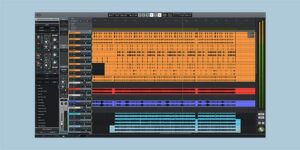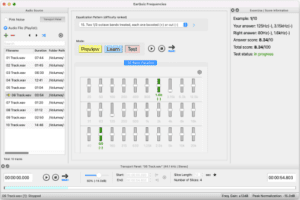VST stands for Virtual Studio Technology, and it is a software interface standard created by Steinberg, a German music software and equipment company. VST technology allows software synthesizers, effects, and other audio processing plugins to be integrated into digital audio workstations (DAWs) and other compatible software.
Here are the key aspects of VST:
Plugin Format:
VST operates as a plugin format, allowing third-party developers to create virtual instruments and effects that can be used within a host application, typically a DAW. This enables musicians, producers, and engineers to expand their sonic palette with a wide range of virtual instruments and audio processing tools.
Instruments and Effects:
VST plugins come in two main categories: instruments (VSTi) and effects (VST). VSTi plugins emulate musical instruments like synthesizers, pianos, and drum machines, while VST effects alter or enhance the audio signal in various ways, such as reverb, delay, compression, and equalization.
Integration with DAWs:
VST plugins seamlessly integrate with DAWs and other audio software that support the VST standard. This integration allows users to load and manipulate VST plugins within their DAW’s interface, making it a powerful tool for music production and sound design.
Real-Time Processing:
VST plugins operate in real-time, meaning that the audio signal is processed instantaneously as it passes through the plugin. This real-time processing capability is essential for musicians and producers who want to hear the results of their adjustments immediately.
Compatibility:
VST is widely supported across various DAWs, making it a universal standard in the music production industry. Most professional and home studio software applications, such as Ableton Live, FL Studio, Cubase, and others, support VST plugins.
Advancements:
Over the years, VST technology has evolved, and developers have introduced new standards like VST3, which offers additional features such as improved audio quality, more flexible routing options, and better handling of parameter changes. However, VST2 remains prevalent and widely used.
Customization and Development:
Musicians and engineers can customize their sound by combining multiple VST plugins in their DAW projects. Additionally, developers can create their own VST plugins, fostering a diverse ecosystem of virtual instruments and effects.



